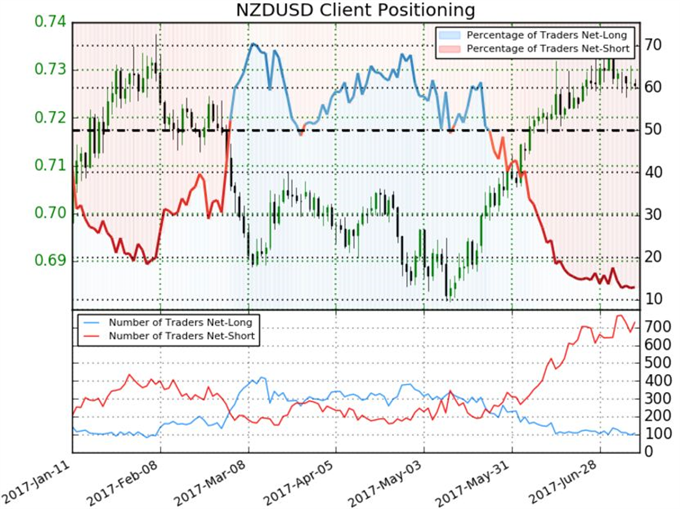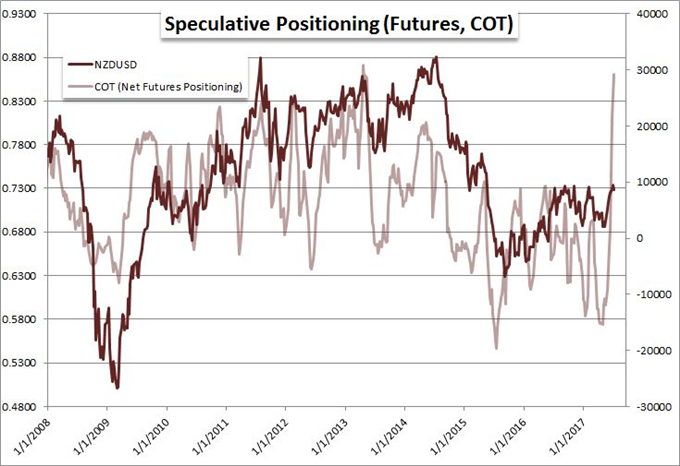Talking Points:
- EUR/USD is not only the most liquid currency cross in the FX market, it is arguably the most liquid asset in the world
- This pair is the focal point of many crucial themes including global trade, competitive monetary policy and financial risk
- Technically, this pair is near the top of its past two-and-a-half year high but trading activity matters
See how the DailyFX Analysts' 3Q forecasts for the Dollar, Euro, Pound, Equities and Gold are shaping up in the DailyFX Trading Guides
How are speculative traders positioned; and are they on to trade opportunities that the commercial market participants simply not aware of? Or perhaps their appetites position the speculative rank as the ultimate contrarian indicators? There are a range of market types with wildly differing motivations and influence. Recognizing and utilizing what differentiates these views can expose shifting tides and distinct opportunities. While we can break down the many traders in any individual market - much less the entire financial system - there are certain groups that present distinct views and influence to the benefit to a deeper understanding of the market. We consider the unique impact of the hedgers, the incidental, 'others' and of course speculators.
Those looking to hedge represent the most basic of players in the market with a theoretically linear view of the outlook. The appetite for exposure through the market is purely to negate the expected volatility and movement in an asset's price into the future. Oil and other commodities are a great example of this. An airline that needs to purchase fuel through the next six months to avoid uncertain costs will purchase futures or similar derivatives to cap costs. In contrast, those participants whose market exposure is purely a side effect for an underlying position - what I consider to be 'incidental' - are more active and of an investment mentality, but they still do not project next moves that the typical trader is looking for. In the 'other' category, I group deep-pocketed and disconnected forces that include governments and central banks. Competition and intervention such as that driven by the Bank of Japan on the Japanese Yen can carry remarkable influence but eventually lose its drive. Finally, there is the speculative rank. These are uniquely opportunistic participants with short-term timing, reactive natures and a fundamental focus that runs the most dramatic.
While speculators can be grouped, they can also be quartered into different groups with their own interests. Rather than look at the qualitative assessments of differing speculative views - which can simply highlight our own mistaken interpretation of what matters - and instead evaluate the quantitative. A good example of this delineation would be the similarity and difference that arises from the IG Sentiment Data and the CFTC's Commitment of Traders report. The former reflects spot trading on more substantial leverage, shorter observed time frames and greater appetite for volatility. In contrast, future traders interests seem to reflect lower volatility, lower leverage and longer duration. From these differences we see extraordinarily different views on EUR/USD and NZD/USD exposure. Retail traders are holding extreme net short positions for both pairs while futures traders via COT have built up multi-year net long interest. What is motivating this divergence and what does it mean for trading? We discuss that in today's Strategy Video.




To receive John’s analysis directly via email, please SIGN UP HERE





